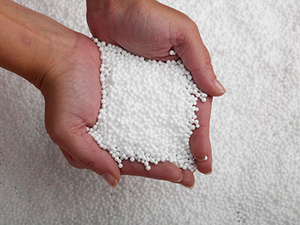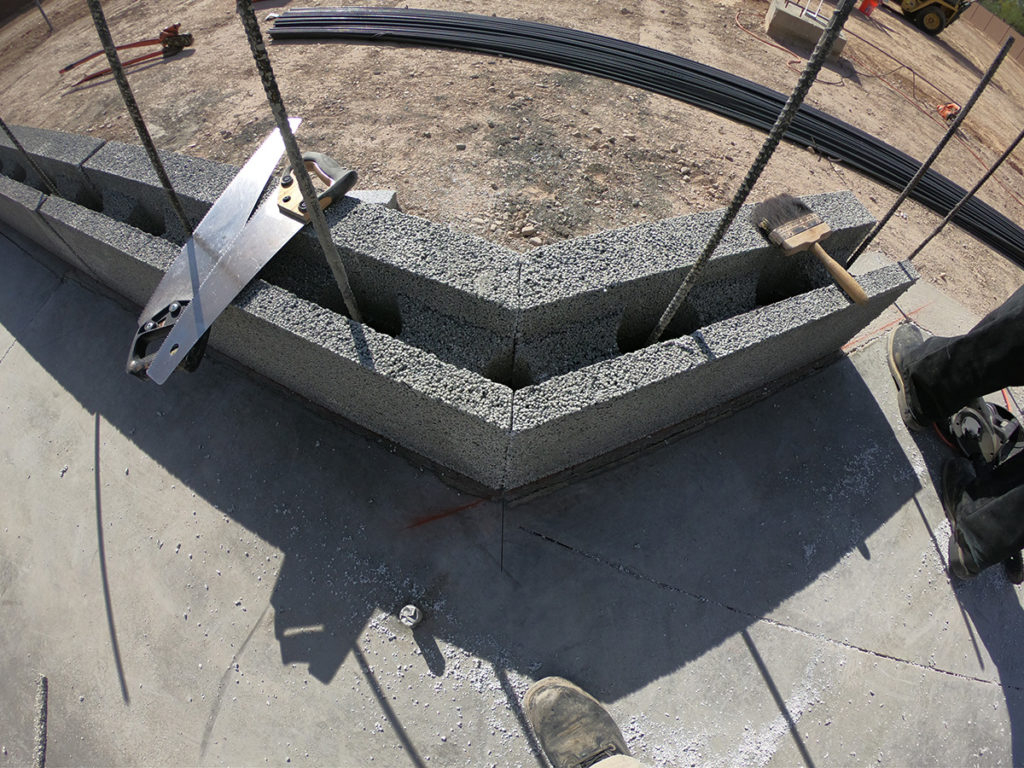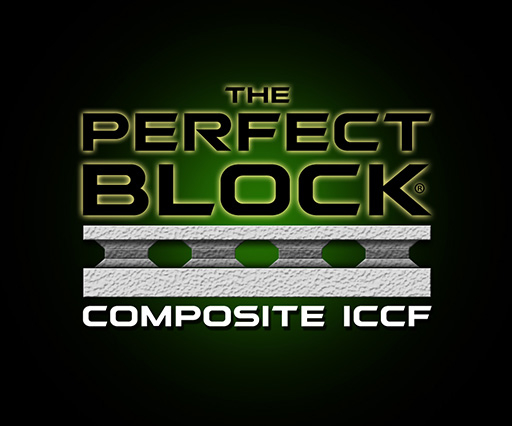A question that occasionally comes up from our friends in the Green community, concerned with the effects of the use of The Perfect Block™ in buildings, on the earth for future generations is: What happens when buildings built with The Perfect Block™ (TPB) expire/become obsolete or reach the end of their useable life?
A Question To Ponder…

The short answer is that The Perfect Block™ by Eco Building Systems Corp. (EBS) does not expire or become obsolete. Not having an expiration date, a TPB home could last for millennia or more. However, if you want to replace it, then it could be recycled and the material reused. It does not have to end up in a landfill.
Eco Building Systems recognized that by accepting post-consumer/post-industrial expanded polystyrene (EPS) that was destined to go to the landfill (as opposed to using virgin EPS, as other similar building forms do), they could repurpose that EPS to create – The Perfect Block™ – a building material for energy efficient homes and buildings that could, if deemed necessary, be recycled to recreate homes and buildings once again, continually minimizing any negative effect on the planet.
What would cause one to want to raze a building to the ground and recycle its materials? Most likely reason to demolish a building is because of damage, damage that is irreparable or too costly to repair. What events could cause a common “sudden end of life event” for a building? Fire, termites and pests, tornados and hurricanes, and earthquakes, just to name a few. These disasters for buildings are avoided when using TPB. TPB has a 4+ hour fire rating, it will not burn down. It is resistant to pests and wood destroying organisms, so the building will not deteriorate due to those culprits. TPB is mold resistant and can be engineered to resist Cat 5 tornadoes and Cat 5 hurricanes and 8.0 Seismic events which eliminates end of life by flooding, tornadoes and hurricanes, or earthquakes.
The unique process behind the long-lasting capabilities of The Perfect Block™ is that we take a modern era waste material, EPS, grind it up and mix it with Portland cement and make a form block. Then we fill that form with steel reinforced concrete for structure and strength. EPS is said to last for 500 years in a landfill and 2000-year-old concrete structures from the days of the early Romans are still in use today. Combining this old and new technology will build buildings that will last for the ages that are impervious to the hazards that bring the early demise of buildings built with current building practices and materials.
In response to concerns about the buildings reaching the end of their useable life, I would start with the question: Are the builders & architects designing and building a product for future generations that is well planned and designed for today’s users AND beyond? If so, their efforts will produce a building which, many in the industry say, has ‘good bones’.

The interior mechanicals that heat, cool, light, provide connectivity, and maintain air quality, etc., may become old and obsolete and beg for updating. Retrofitting with new products will bring the building up to the then current standards.
Future owners may want to repurpose the rooms or move walls, but the shell often remains intact. In the cases when The Perfect Block™ has been used to build the shell, there is no deterioration and it continues to perform its purposes of insulating, being fireproof, termite, pest resistant, strong, and stable. The exterior may just need some fresh paint and architectural detail added or removed to make it more aesthetically desirable for the current times. These are the buildings and materials that stand the test of time, rather than become obsolete and reach the end of their useable life. (We can look to Europe, where variations of this type of building has been used for nearly three-quarters of a century. They have always built to have their buildings last.)
Further, I am sure that you would agree that, should an owner decide to raze a building anyway, where the “remains” end up depends on who is doing the project. Some redevelopers have the homes dismantled very carefully so that those elements that can be, are re-purposed, and other redevelopers do not. Often, it is an economical decision versus a lack of knowledge or an ecological decision.
To address the end of the “life cycle” of the block for the purpose of evaluating its sustainability, the innovators at Eco Building Systems are working on developing yet another part of the “system” which will simplify the re-use and recycling of buildings that are razed that are made of TPB. Currently It is anticipated that this will be ready long before there is a demand for it.
Eco Building Systems continues to produce simple effective building materials & systems to change the world one block at a time. They believe, as Henry David Thoreau once said – “What is the use of a house if you haven’t got a tolerable planet to put it on?”
